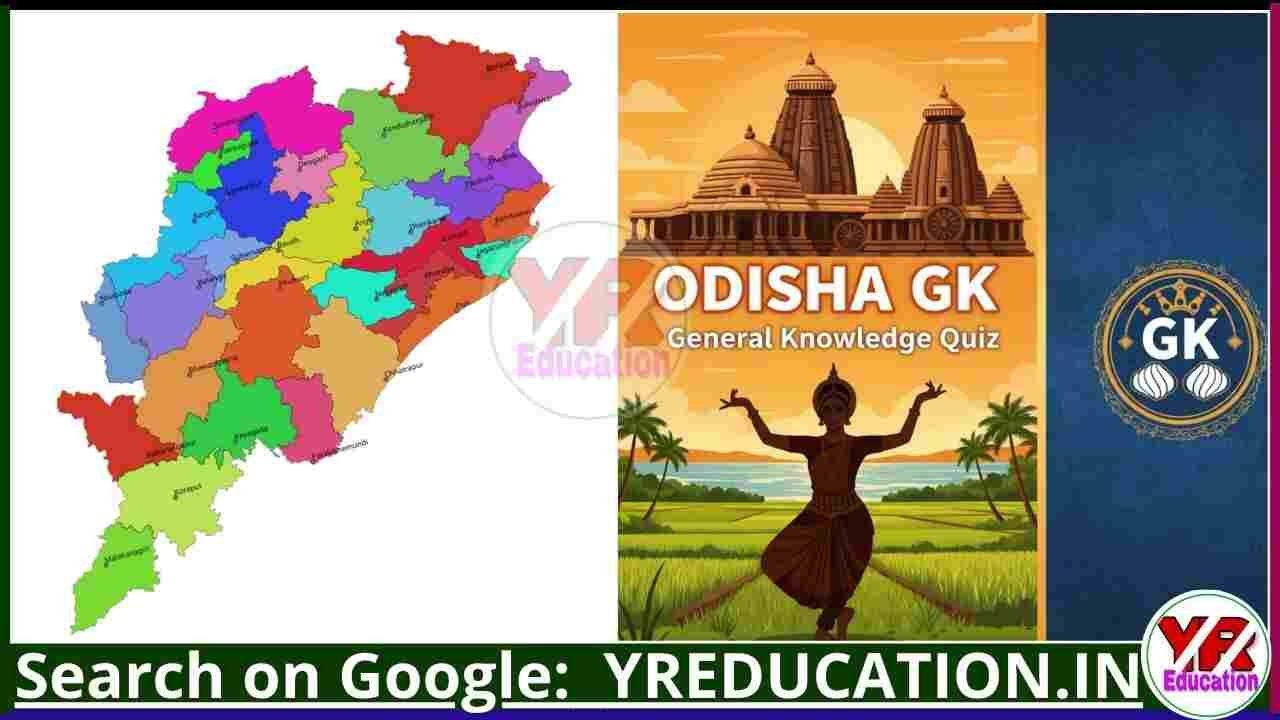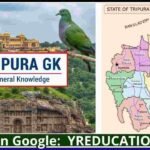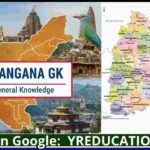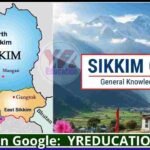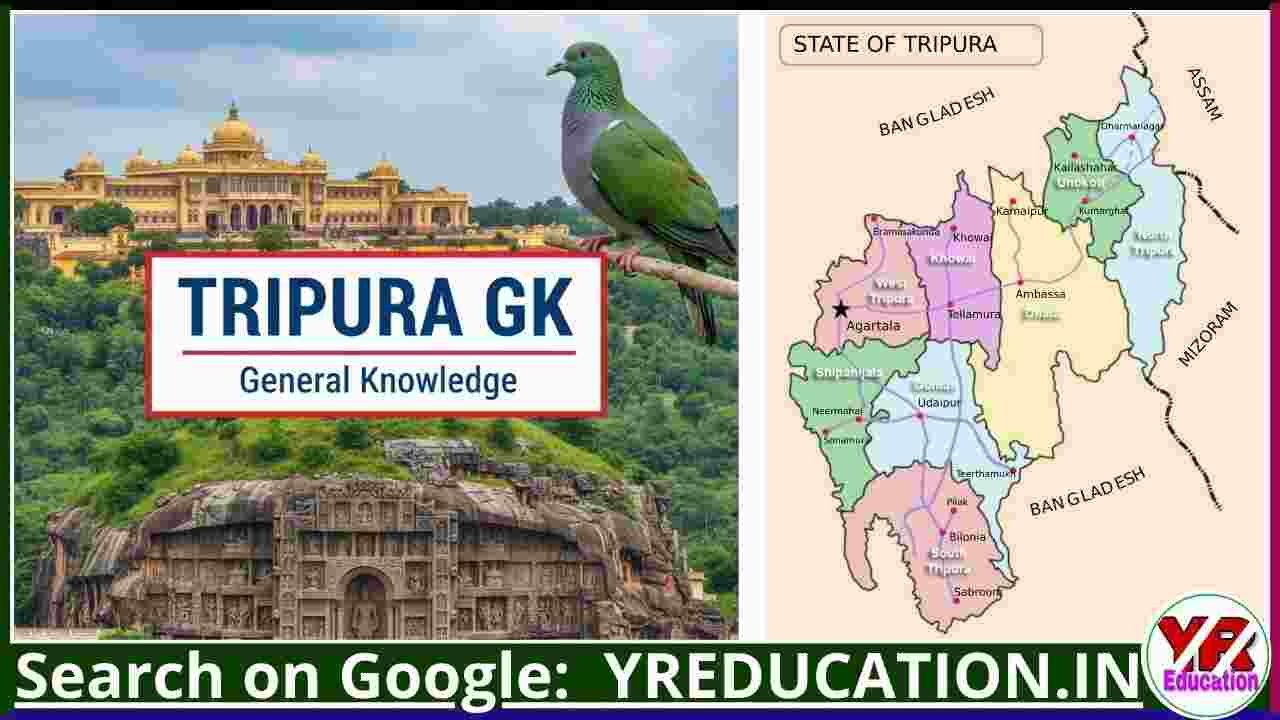Odisha Geography – General Knowledge – Static GK
Q: The Battle of Kalinga (261 BC) was fought between Emperor Ashoka and Kalinga’s army.
Q: Kharavela’s army defeated the Satavahanas in the 1st century BC.
Q: The Paika Rebellion (1817) was one of the earliest movements against British rule.
Q: The Khond Revolt (1846-1855) was led by Chakara Bisoi.
Q: The Sambalpur Uprising (1857-1864) was led by Veer Surendra Sai.
Q: The Revolt of Khurda (1804) was led by Jayee Rajguru.
Q: The Ranapur Revolt (1938) was against the king of Ranapur and British rulers.
Q: The Bhuban Rebellion (1868-1869) was led by Raja Chaitanya Bhunj Deo.
Q: The Banpur Rebellion (1857-1862) was led by Chakradhar Singh.
Q: The Revolt of Ghumsar (1835-36) was led by Dhananjay Bhanja.
Q: Cuttack was the capital of Odisha until Q:
Q: Puri, Bhubaneswar, and Konark form the Golden Triangle of Odisha tourism.
Q: Jajpur was an important center of the Somavamsi dynasty.
Q: Ratnagiri, Udayagiri, and Lalitgiri are famous Buddhist sites in Odisha.
Q: Barabati Fort in Cuttack was built by Raja Anangabhima Deva III.
Q: The Langudi Hills are an ancient Buddhist site in Odisha.
Q: Chandaka Reserve was once a hunting ground of the Kalinga kings.
Q: The Hirakud Dam is the longest earthen dam in the world.
Q: The Chilika Lake is the largest coastal lagoon in India.
Q: Pipili is famous for its Applique work.
Q: Madhusudan Das was called the ‘Utkal Gourav’ (Pride of Odisha).
Q: Gopabandhu Das founded the Bande Utkal Union.
Q: Buxi Jagabandhu was a general in the Paika army.
Q: Fakir Mohan Senapati is known for reviving the Odia language.
Q: Bhima Bhoi was a spiritual poet of Odisha.
Q: Sarala Devi was the first Odia woman freedom fighter.
Q: Naba Krishna Choudhury was Odisha’s Chief Minister who initiated land reforms.
Q: Nandini Satpathy was the first female Chief Minister of Odisha.
Q: Biju Patnaik played a major role in India’s and Indonesia’s freedom struggle.
Q: Maharaja Krushna Chandra Gajapati helped in the formation of Odisha.
Q: Odisha’s official language is Odia, which received classical status in Q:
Q: Odisha has the highest number of ancient Buddhist sites in India.
Q: The first Odia newspaper was ‘Utkal Deepika’, started in Q:
Q: The Mahodadhi (Bay of Bengal) is associated with Lord Jagannath.
Q: The Gahirmatha Beach is famous for Olive Ridley turtle nesting.
Q: Odisha has the most number of waterfalls in India.
Q: Dhauli Hills near Bhubaneswar mark the site of Ashoka’s Kalinga War.
Q: Odisha has India’s largest tribal population.
Q: Sonepur is known as the ‘Second Varanasi’ of India.
Q: Talcher is one of India’s largest coal-producing regions.
Q: Odisha is called the ‘Sports Capital of India’ due to its promotion of hockey.
Q: The Odisha Legislative Assembly was established in Q:
Q: Chilika Lake is the largest brackish water lagoon in Asia.
Q: The Baripada Durga Puja is known as the ‘Nabapatrika Puja’.
Q: Dhenkanal district is famous for its Gaja Laxmi Puja.
Q: Odisha has 30 districts.
Q: Rourkela Steel Plant was India’s first public sector steel plant.
Q: Odisha is the first state in India to implement disaster preparedness programs.
Q: Odisha is famous for its Silver Filigree work from Cuttack.
Q: Bhubaneswar is known as the ‘Temple City of India’.
Q: Odisha has the largest coastal stretch in eastern India.
